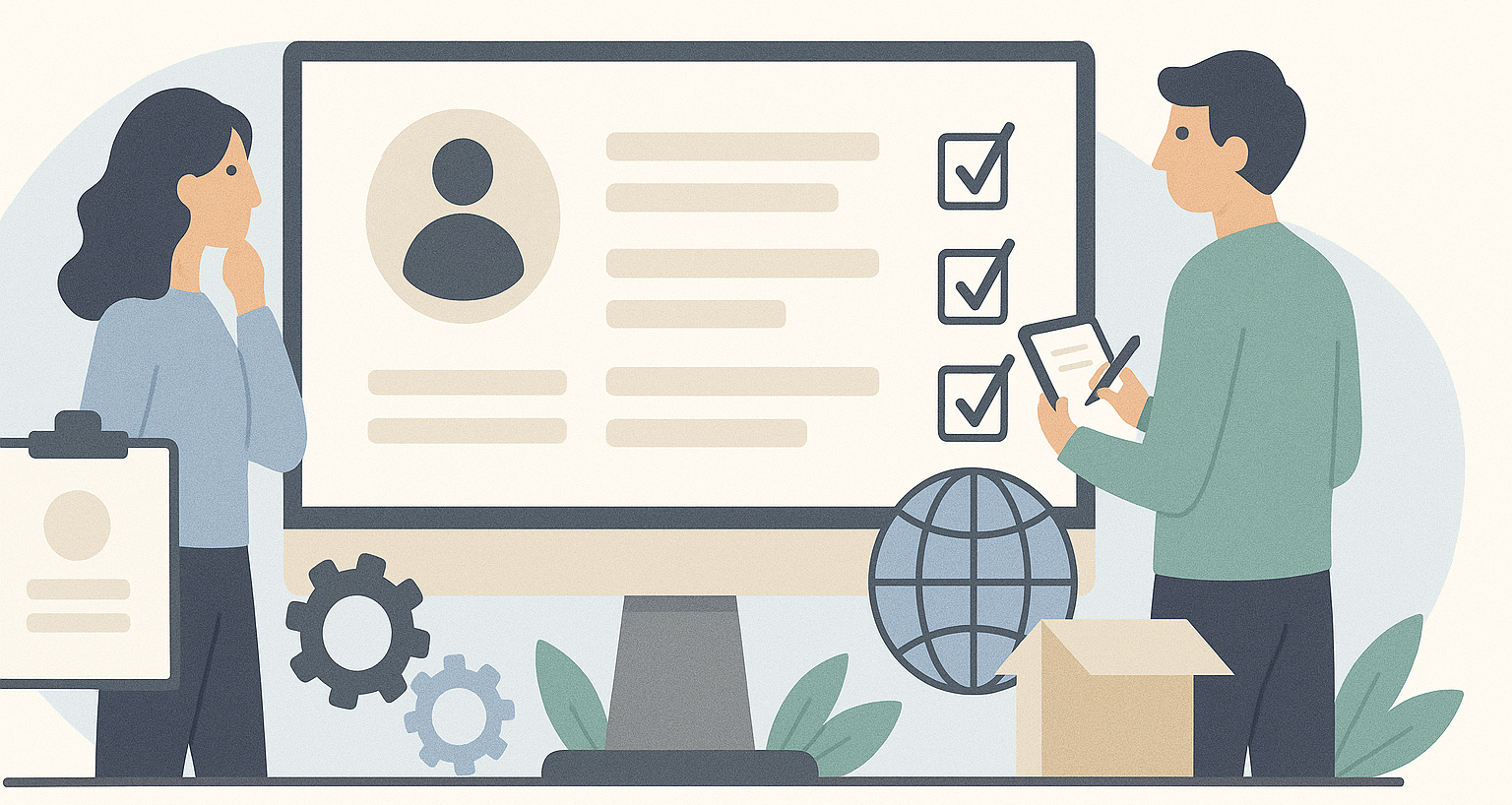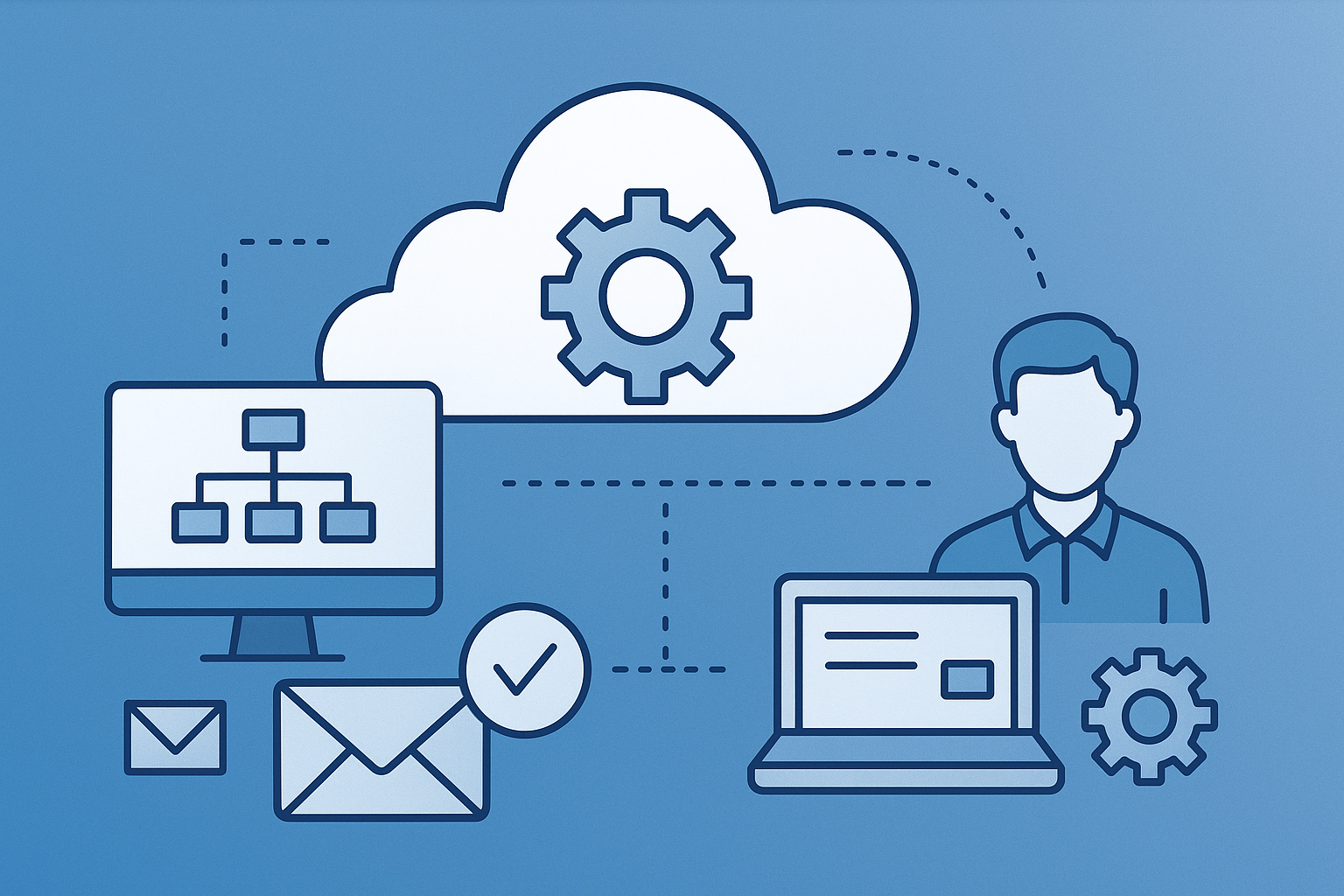Procurement teams often manage hundreds of suppliers across different categories, regions, and compliance requirements. Without the right tools, keeping track of vendor data, performance, and risk can quickly become complicated and time-consuming.
Supplier databases simplify this process by centralizing information, automating onboarding, tracking compliance, and improving collaboration between buyers and suppliers. With these systems, teams can reduce manual work, ensure data accuracy, and gain clearer visibility into their supply base.
Here are seven of the best supplier database solutions in 2025, each with features designed to help you manage vendors more efficiently and make smarter procurement decisions.
1. Supplier.io

Overview
Supplier.io’s supplier directory helps teams manage vendors efficiently and ensure data accuracy across operations. With more than 11 million suppliers and 350 million data points, it supports identifying diverse, small, and sustainable suppliers.
Best For
Enterprises prioritizing supplier diversity, data accuracy, and visibility into their global supplier base.
Key Features
- Database of 11M+ verified suppliers with 350M+ insights
- Data enrichment with up to 50 supplier attributes
- Global coverage across North America, Europe, and Asia
- Built-in tools for supplier diversity and ESG tracking
- Continuous data validation and certification management
Pros
- Extensive and verified supplier data
- Easy-to-use interface and clear reporting tools
- Excellent onboarding experience
- Strong focus on supplier diversity programs
Cons
- Initial setup and training may take time
- More customization options would improve onboarding
2. Precoro
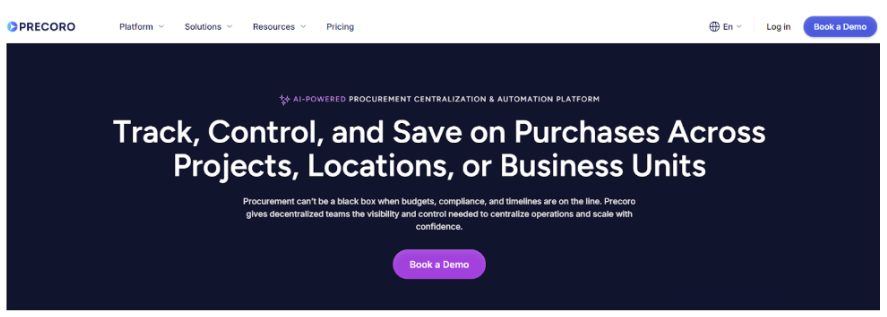
Overview
Precoro combines supplier database management with full procurement automation. It centralizes supplier data, onboarding, and performance tracking.
Best For
Mid-sized companies seeking a structured supplier database with built-in purchasing and approval workflows.
Key Features
- Centralized supplier records and catalogs
- Customizable onboarding forms and workflows
- Real-time supplier performance tracking
- Integrated RFP and sourcing management
- ERP and accounting integrations (QuickBooks, Xero, NetSuite)
Pros
- Simple, intuitive platform for supplier tracking
- Fast setup and smooth onboarding
- Reliable ERP tool integrations
Cons
- Limited customization for complex use cases
- Occasional performance slowdowns
3. Gainfront
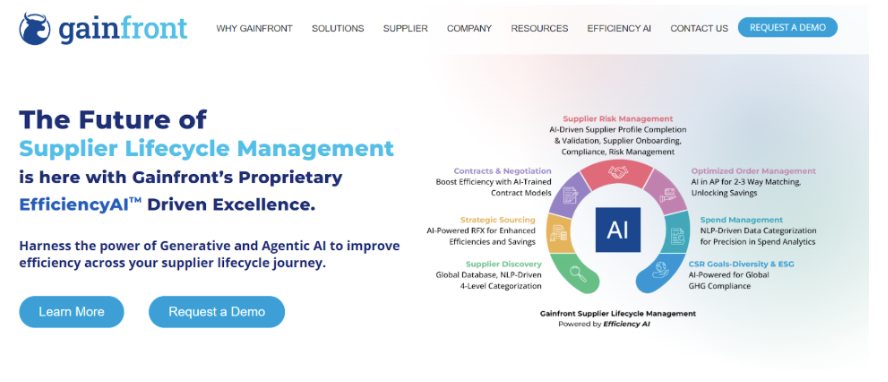
Overview
Gainfront is an AI-powered supplier sourcing and database platform that automates RFI, RFP, and RFQ management.
Best For
Enterprises with high sourcing volumes leveraging AI for supplier discovery and evaluation.
Key Features
- AI-driven RFP creation and supplier scoring
- Centralized supplier profiles with real-time insights
- Predictive analytics for supplier performance and risk
- Visual dashboards for side-by-side comparisons
- Seamless integration with procurement systems
Pros
- Automates RFPs and evaluation
- AI insights for sourcing accuracy
- Intuitive dashboards and analytics
Cons
- Complex for new users
- Limited customization for niche workflows
4. JAGGAER
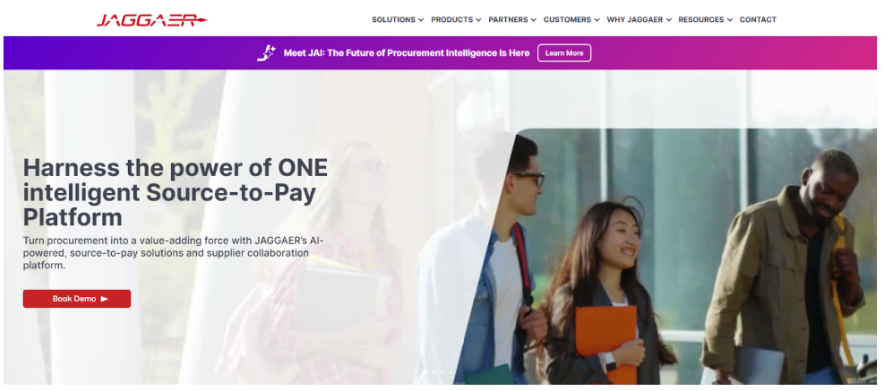
Overview
JAGGAER is an enterprise supplier database and procurement platform designed to enhance visibility and sustainability across supply chains.
Best For
Large organizations managing complex global supply chains and sustainability programs.
Key Features
- Centralized supplier database with ESG data
- AI-driven spend and sourcing analytics
- Risk and compliance tracking
- Collaboration and e-invoicing tools
- ERP and system-wide integrations
Pros
- Strong supplier data intelligence and reporting
- Collaboration across teams and partners
- Reliable ERP integrations
Cons
- Complex setup
- Steep learning curve for advanced modules
5. SupplierGateway
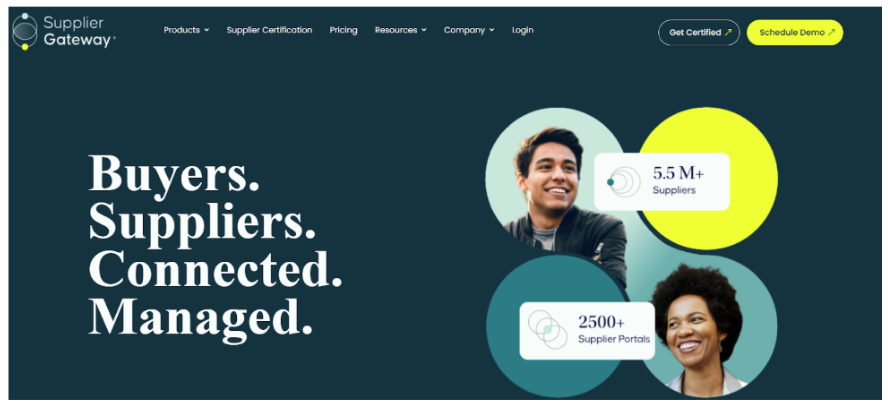
Overview
SupplierGateway is a supplier impact and data management platform focused on diverse and local supplier relationships.
Best For
Organizations focused on supplier diversity, local sourcing, and ESG reporting.
Key Features
- Database of 6M+ diverse and local suppliers
- Ownership data and certification tracking
- Tier 1 and Tier 2 spend reporting
- Economic impact and sustainability metrics
Pros
- Easy interface and reporting
- Accurate certification tracking
- Supports CSR and ESG goals
Cons
- Limited customization
- Some integrations need technical setup
6. HICX
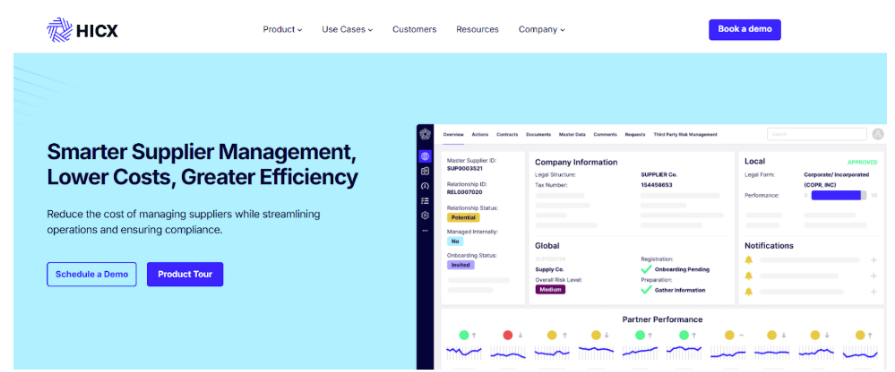
Overview
HICX is a supplier database and workflow platform that consolidates data and automates processes with no-code tools.
Best For
Large enterprises with complex supplier networks.
Key Features
- No-code workflow orchestration and data modeling
- Centralized supplier data
- ERP and procurement system integrations
- Intelligent task automation
Pros
- Highly customizable and scalable
- Centralized data across platforms
- Reduces manual work via automation
Cons
- Time-consuming setup and customization
- Often requires professional services
7. Coupa
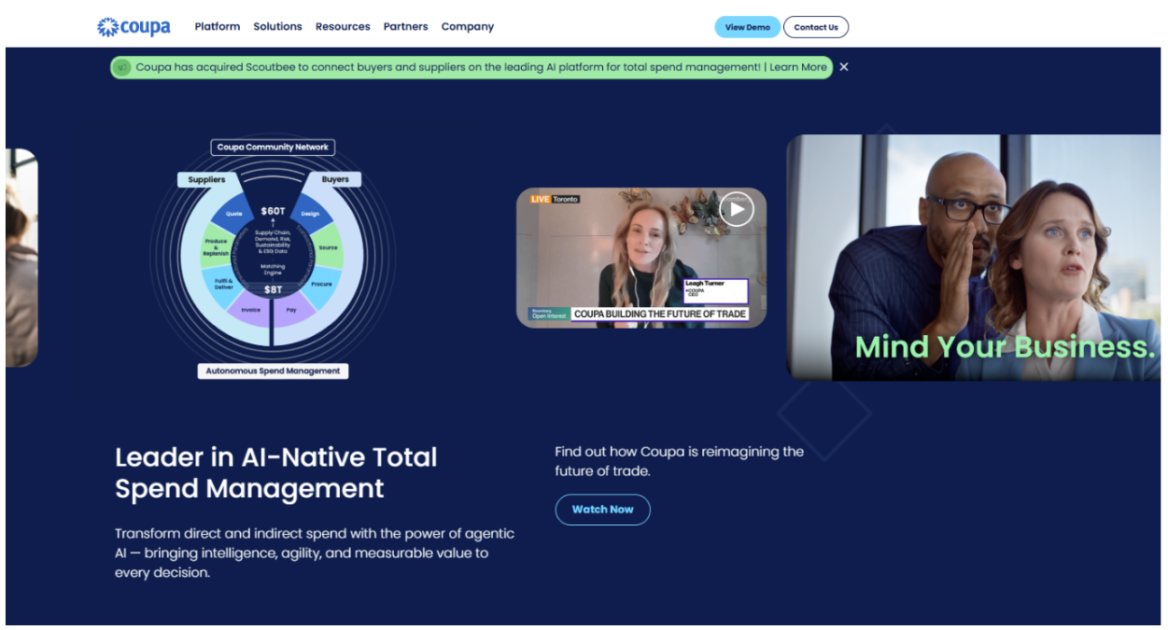
Overview
Coupa is an AI-native supplier and procurement platform that streamlines sourcing, spend, and compliance management.
Best For
Enterprises seeking a unified procurement and supplier data platform with AI-powered insights.
Key Features
- Centralized supplier and spend database
- Smart intake and sourcing orchestration
- Real-time risk monitoring
- AI-powered analytics
- ESG and diversity integration
Pros
- User-friendly interface
- Comprehensive procurement solution
- Strong analytics and automation
Cons
- Steep learning curve for advanced tools
- Some integration issues reported
Final Thoughts
A well-structured supplier database is more than a list—it’s a critical tool for efficient procurement and informed decision-making. By centralizing supplier data, automating workflows, and maintaining clean records, organizations can enhance compliance, reduce risk, and build resilient supply chains.
Choosing the right platform allows teams to improve visibility, control costs, and support ESG and diversity goals. Investing in a robust supplier database helps procurement teams achieve long-term success through better decision-making and operational agility.
Published: November 6, 2025

